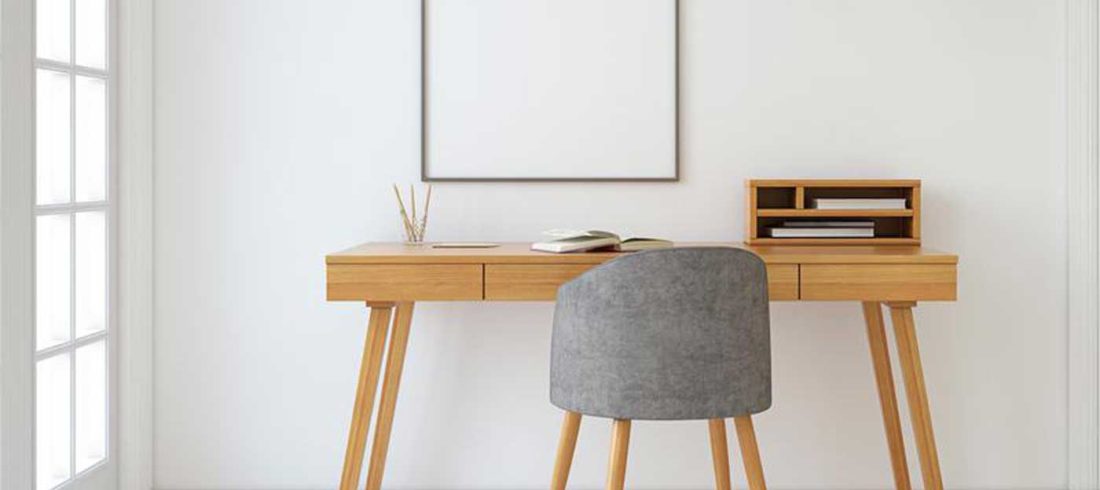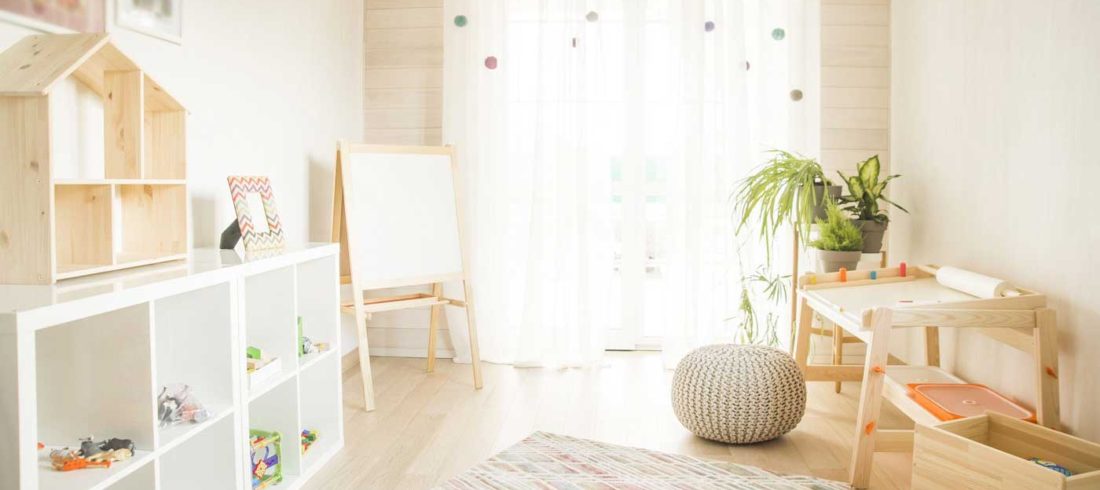Our designer, Megan Keough, is a Jill of all Trades. She takes her stellar design eye beyond the print and web pages of our magazine, helping folks organize their homes to bring new life to cluttered rooms. We interviewed her to tap into her thought process and help you clean through your clutter.
How did you become interested in organization?
One of the most valuable things I have learned from my mother is how to clean and get organized. Even at a very young age, I began to feel great joy from organizing. Several times a year, I could be heard from the living room moving furniture and reorganizing my bedroom.

What steps should someone take to organize their space?
Staying organized and on top of your game can be easier if you first start by making list. Carry a notepad with you or use your phone to make notes about what area you want to clean or organize, ideas for your space, and also any personal goals. When you think of something important to do or to remember, write it down. If you make a list, usually every to-do item gets completed at some point or another because you have put that idea into action just by writing it down.
When you are ready to tackle a project, it is important to give yourself space to let things go. This can be a very tough thing for some, but essential when it comes to decluttering and gaining control over the stuff. I find it useful to ask, “Does this item bring me joy?” If the answer is “no” or the item is entirely useless, I toss it. Spend some time going through each item and ask yourself that question.
I also challenge myself to pare down to what I really need. “Do you really need 11 pairs of jeans?” I recently asked myself as I was going through my closet (something I do once a month). If I haven’t worn an item in more than a year, it goes! Or, if there are duplicates of the same item (three black sweaters, all exactly the same), they go, too! Bag up the unused toys, clothing, and other items so they can be donated to Goodwill, St. Vinny’s, or the Eugene Mission. If you have items that are lightly worn or name brand, you can resell them to buyers like Buffalo Exchange, The Clothes Horse, or Plato’s Closet.
Once you have gotten rid of all of the unused and joyless items in the house, it’s time to organize what’s left. I like to dedicate one or two closets in my house as catch-all spaces that you can close up and forget about. A place for those knickknacks, vacation memorabilia, DVDs, yearbooks, photo albums, artwork, hair products, makeup–everything that you don’t want visible to you and your guests. I even like to decorate these spaces with things that bring me joy, such as photographs or artwork, so that when I open up the space, a smile comes to my face from the memories instead of being overwhelmed.

Do you have any advice for parents?
Helping kiddos stay tidy can be quite the challenge. Having a “drop zone” can be one of the best changes you can make to help your child stay organized. When the drop zone (a basket or cabinet) gets full, then you can send the child on a quest to find the home of each item to make the clean-up process a bit more fun. It is important for every item in a child’s room (and in the rest of the house) to have a home so they are not out and cluttering the space.
Having a clean desk and room can promote better school life and creativity as they are able to think clearer with an open space–not to mention room to sit down and actually create something. Buy container organizers to put inside the desk or drawer so there are compartmentalized spaces for easers, pencils, and other small supplies. Also, hooks for coats and hats are helpful for kids to keep their clothes off the ground or chairs. I work from home most days and it is very important to have an environment that feels clean and organized, or I typically cannot start work. I am able to stay organized because I know it makes me happier to see the payoffs all around me. If my house is in chaos, then I am in chaos.
What inspires you?
Over the past few years, I have learned more about minimalism, which has encouraged me to pursue the path of “less is more.” Owning less means less cleaning, less burden, and more time for freedom. Not to mention more money to pursue more important things other than more clutter. But I have found, over the years, the desire to own less is even more valuable than owning less. I have been able to remove myself from the incessant desire for more, even in a society that idolizes consumerism.
My space is not completely clutter-free. I am a collector and encourage hobbies or collections–they can bring you great happiness. Like most millennials, my happiness is plants. I currently have 43 indoor plant babies that adorn my walls, windowsills, tables, and spaces that need décor. They can add a lot of character and clean design to a space while also cleaning your air.
Minimalism is not about what you own, it’s about reducing the things in your life that aren’t providing value so you can have more space for the things that truly matter. It’s subtraction for addition. I carry this same mentality in other aspects of my life and have found myself less stressed and more motivated to achieve my goals and focus on the present moment.
Megan is available for declutter and design advice and service.

